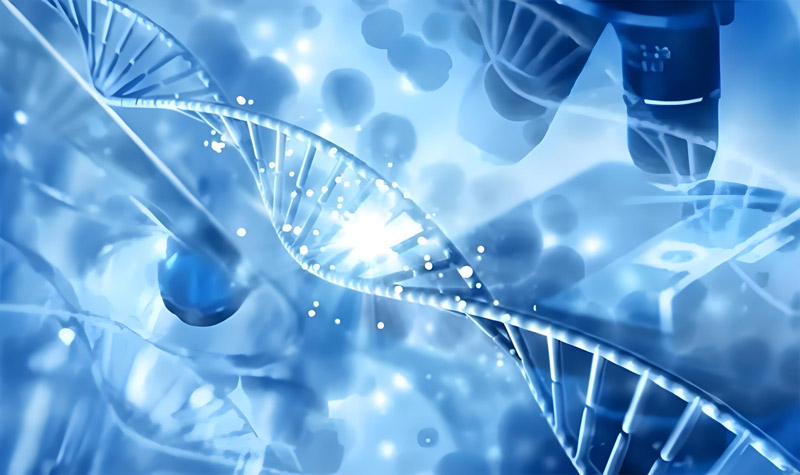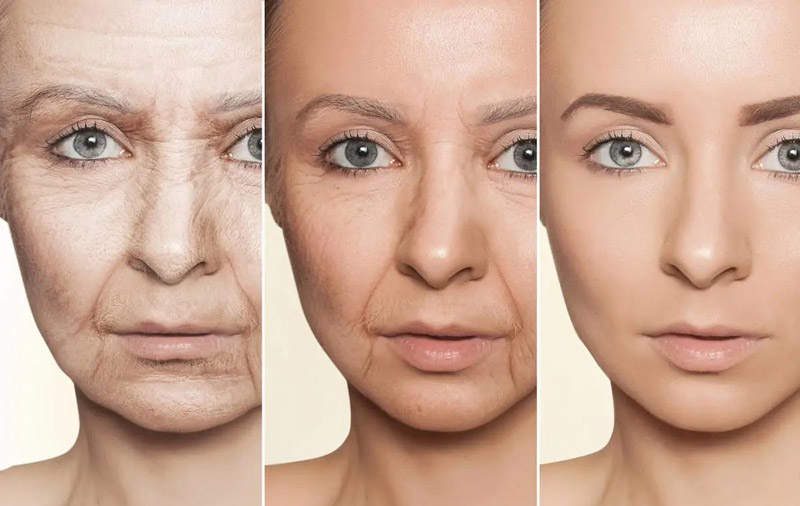Recently, OpenAI announced that it has teamed up with Retro Biosciences to develop a language model focused on biological data, the GPT-4b micro model.
This model is OpenAI's first biological AI model.
The GPT-4b Micro model is said to be able to design proteins that efficiently reprogram somatic cells into stem cells, and is significantly better than humans at this task, which is seen as an important step toward "general artificial intelligence."
The GPT-4b Micro model is customized based on OpenAI's GPT-4o model. Unlike Google's AlphaFold, which is mainly used to predict protein structure, GPT-4b Micro focuses on analyzing protein sequence and interaction information of multiple species. To redesign and optimize protein function.
Recently, the researchers used this model to improve the function of proteins called Yamanaka factors, which reprogram somatic cells into induced pluripotent stem cells (iPSCs).
With this AI technology, scientists hope to increase the efficiency of stem cell production, and ultimately promote the development of anti-aging and longevity science.

According to preliminary results, the "Yamanaka factor" modified by GPT-4b Micro model significantly improved the efficiency of somatic cell reprogramming into stem cells under laboratory conditions, reaching a 50-fold increase.
This means that the cell reprogramming process, which used to take weeks and have a success rate of less than 1%, is now much more efficient.
This also reduces the amount of cell culture media used and the overall time to manufacture the cell therapy product process, both of which are important factors affecting the cost of cell therapy.
By reducing these key cost factors, cell therapy could be made more cost-effective.
Retro Biosciences CEO Joe Betts-Lacroix and Harvard University Professor Vadim Gladyshev, among others, spoke highly of this development, believing that it has great potential to accelerate scientific discovery, especially in the field of anti-aging applications.
Although the model has achieved some practical results, its specific working mechanism and predictive power have not been fully disclosed, and outside scientists have not been able to independently verify these results.
In addition, the GPT-4b Micro model is not yet open for use, only in the external demonstration stage, not yet an official product.
No clear direction has been given on whether it will be released separately or integrated into the OpenAI mainline inference model in the future.
In addition, it is worth mentioning that Retro Biosciences, the company that jointly developed the GPT-4b Micro model with OpenAI, is a life sciences startup focused on extending human life span, and one of the main research directions of the company is to develop anti-aging therapies through biotechnologies such as cell reprogramming.

It is reported that OpenAI CEO Sam Altman (Sam Altman) has invested $180 million in the company (full link: ChatGPT founder bets on new track).
The investment is intended to support Retro Biosciences' research in anti-aging, specifically to delay the aging process and extend human life through biotechnological means such as "cell reprogramming."






